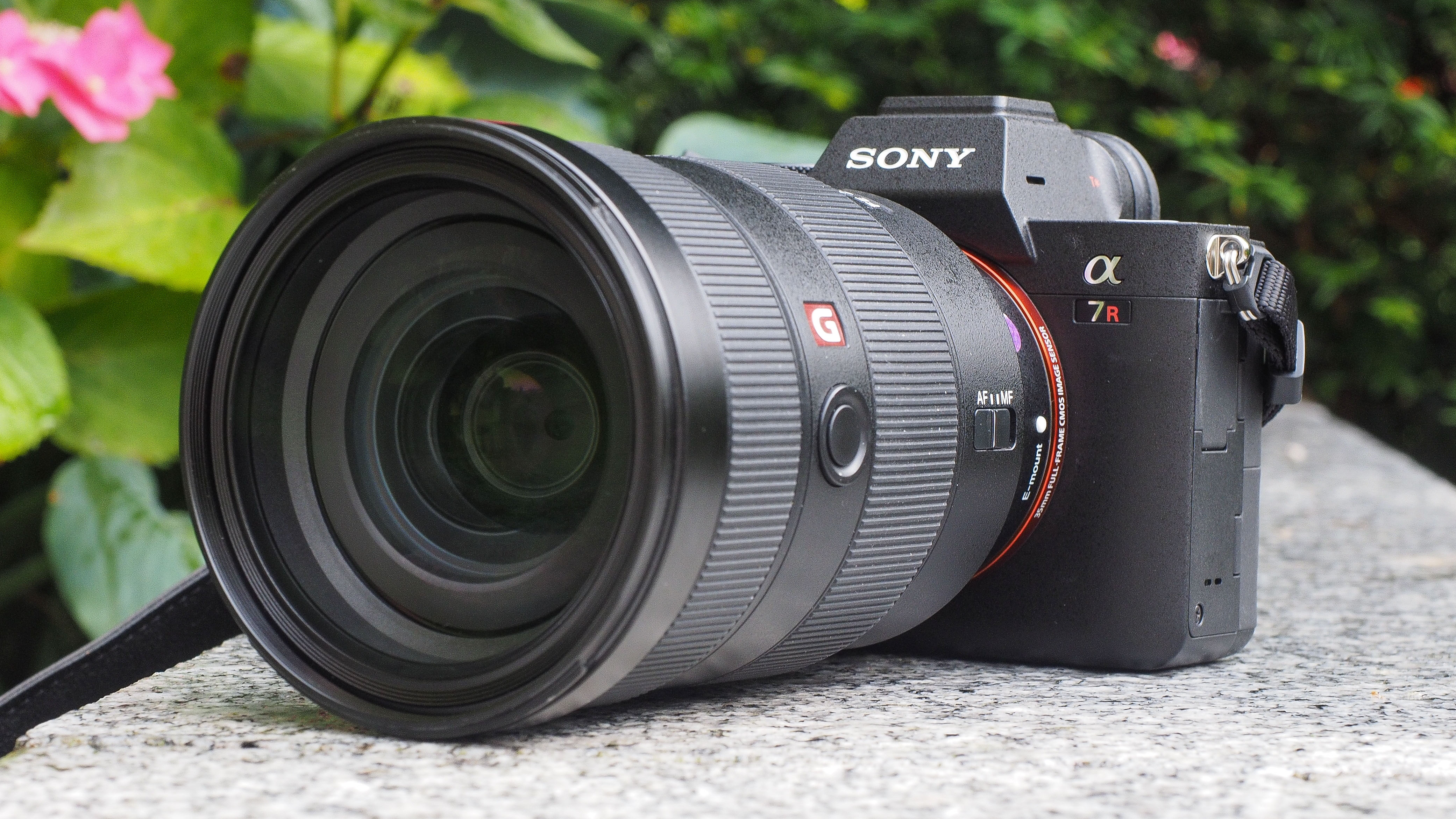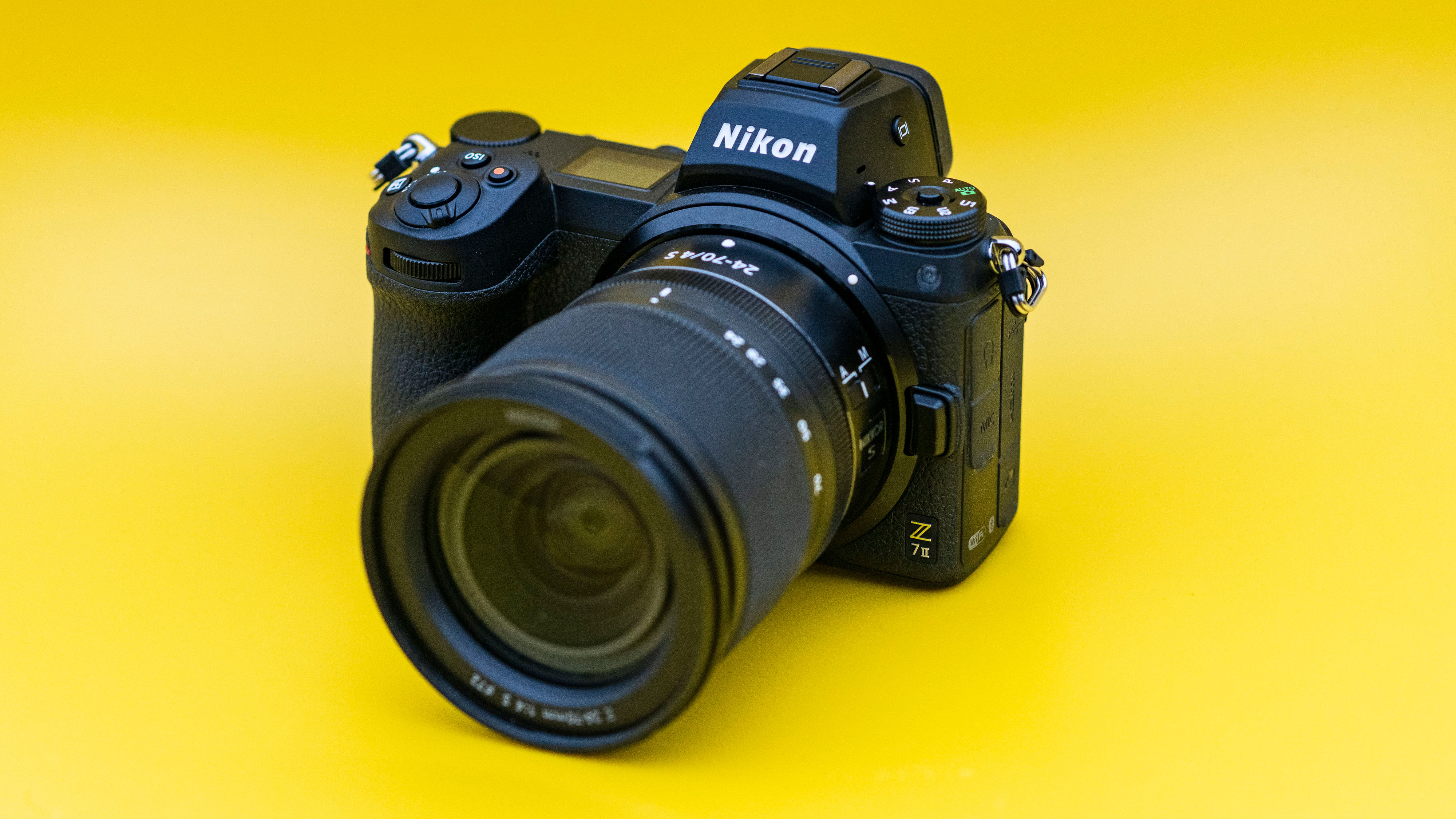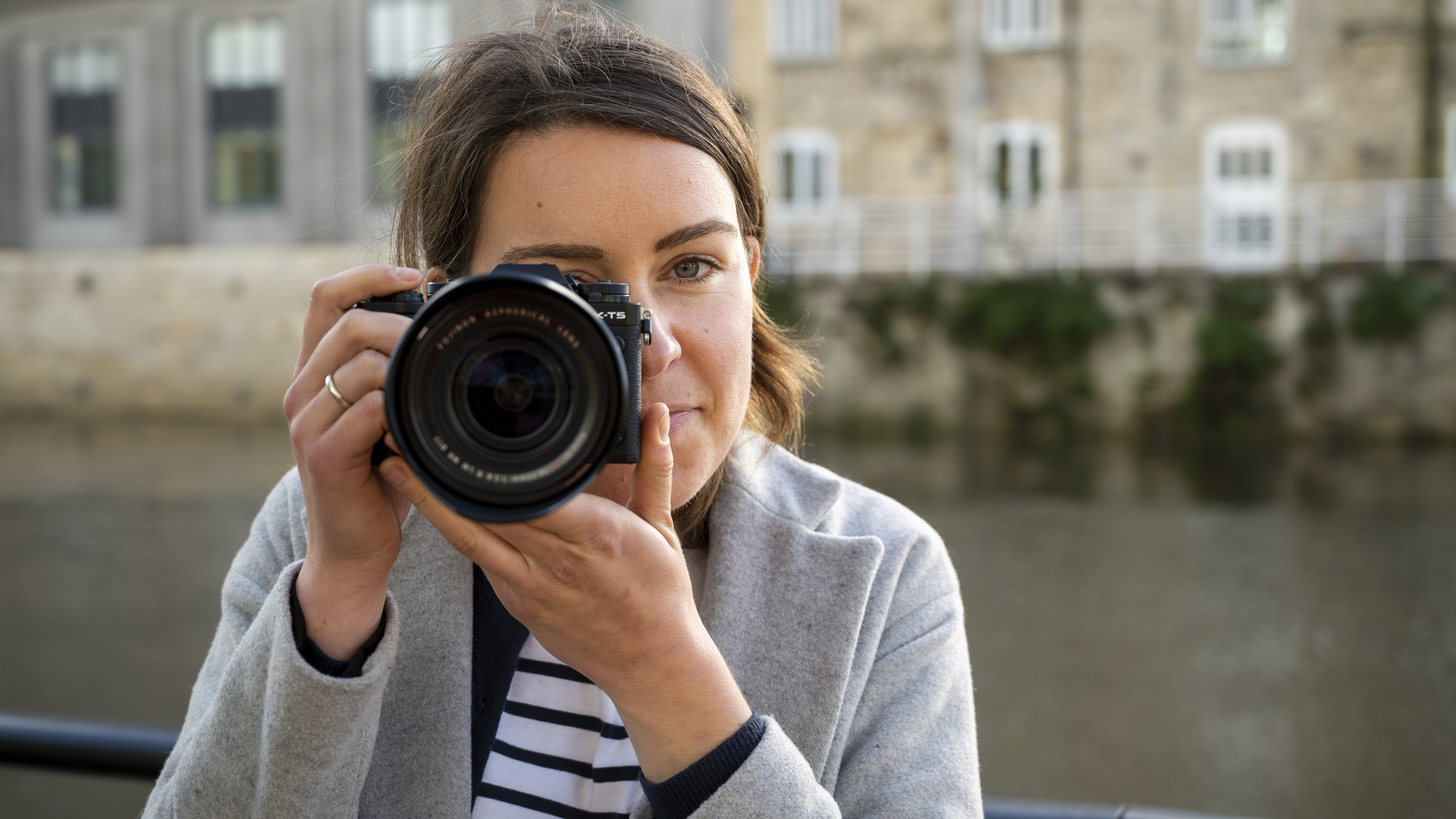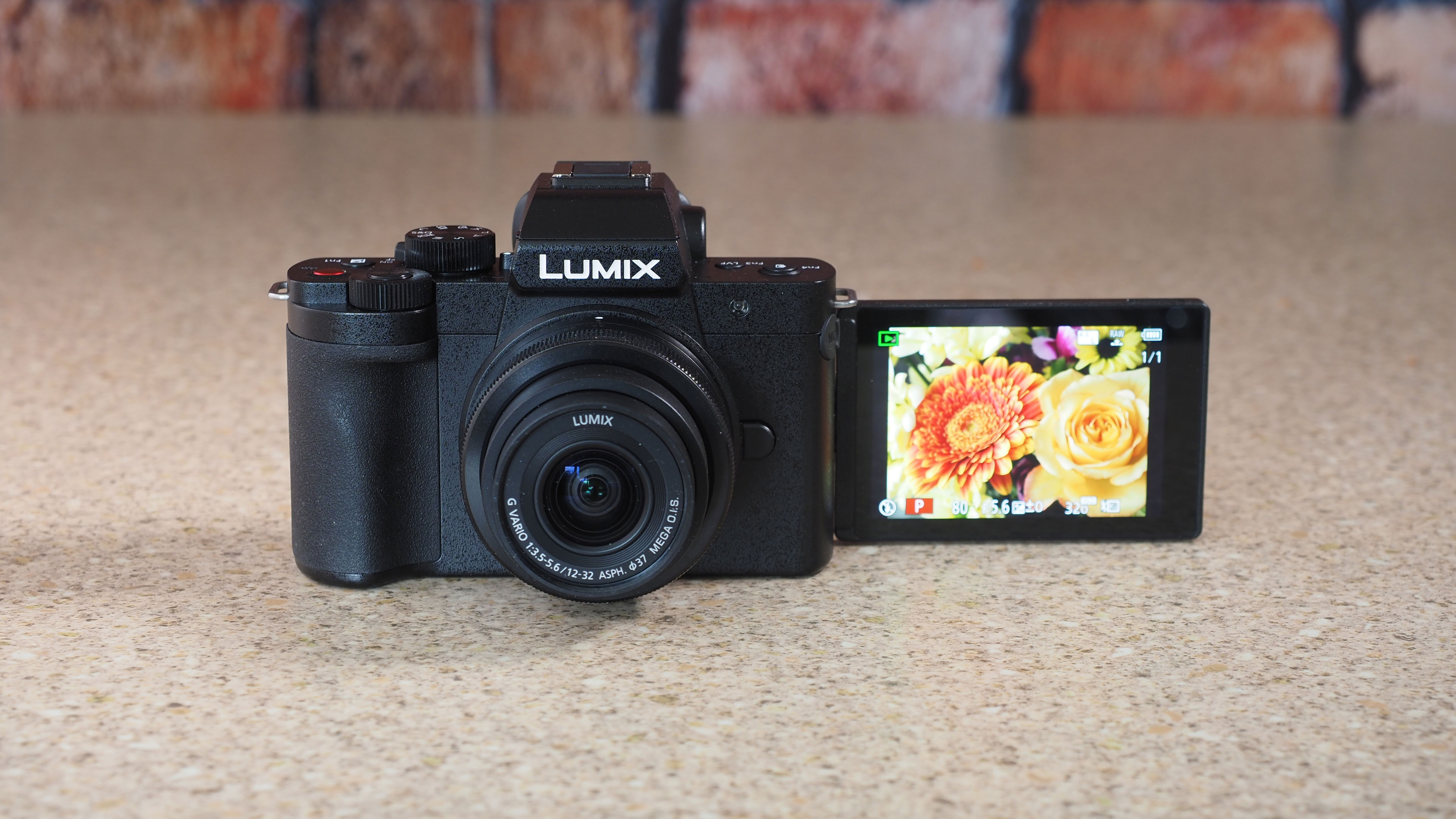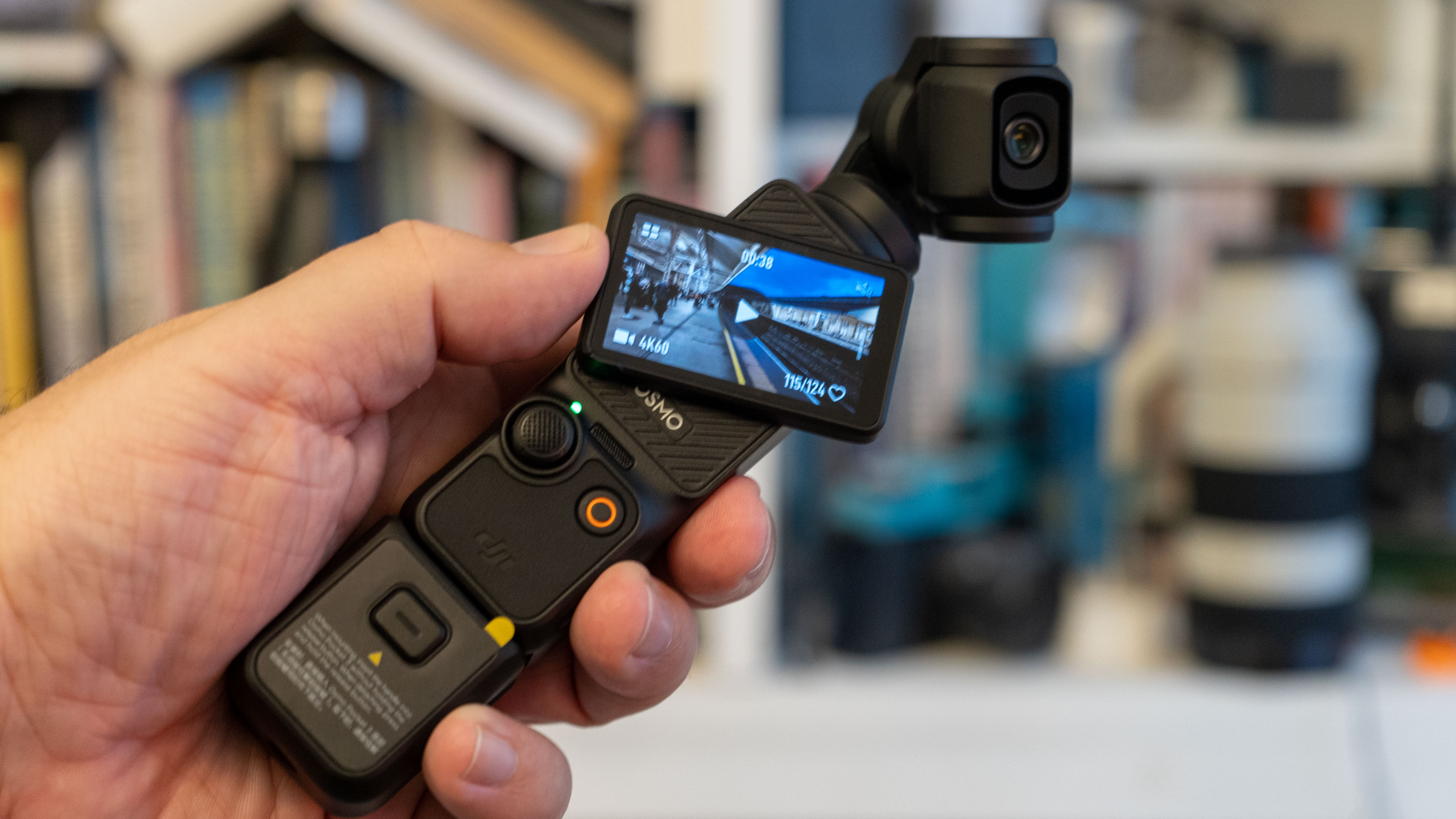Best camera for car photography
Give your shots some va-va voom with our choices for the best camera for car photography
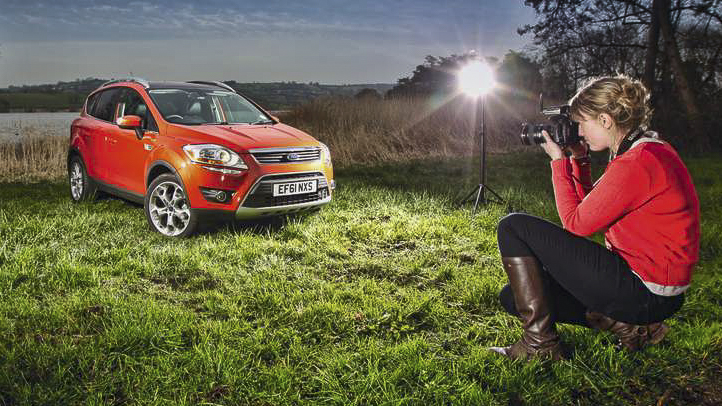
Our guide to the best cameras for car photography will help you find the right camera for any and all types of automotive shooting. Whether you're dreaming of aesthetic car portraits or high-speed shots the side of the track, one of the best car photography cameras is going to be the best way to achieve it.
We’ve chosen a good variety of different cameras and types, all of which are suitable for car photography in one way or another. With plenty of resolution and snappy burst modes, these are versatile cameras that will get the job done in a host of situations. Some of the newer models boast sophisticated subject-detection autofocus systems, which can intelligently identify and lock onto vehicular subjects.
Picking the best camera for car photography isn’t always going to be as straightforward as selecting one of the best mirrorless cameras, the best DSLR or the best compact cameras. So, we've picked a full range, including not just standard camera types but also an action camera, a stabilised gimbal camera, a smartphone and even a drone. Lots to get through, then – let's start our engines.

Amy Davies has been writing about photography since 2009, and used to be a colleague on Digital Camera magazine and Techradar.com. She now works as a freelance journalist, having contributed to Amateur Photographer, Stuff, Wired, T3, Digital Photographer, Digital Camera World, TechRadar, Trusted Reviews, ePhotozine and Photography Blog. Here, she turns her expertise to the best cameras for car photography.
The quick list
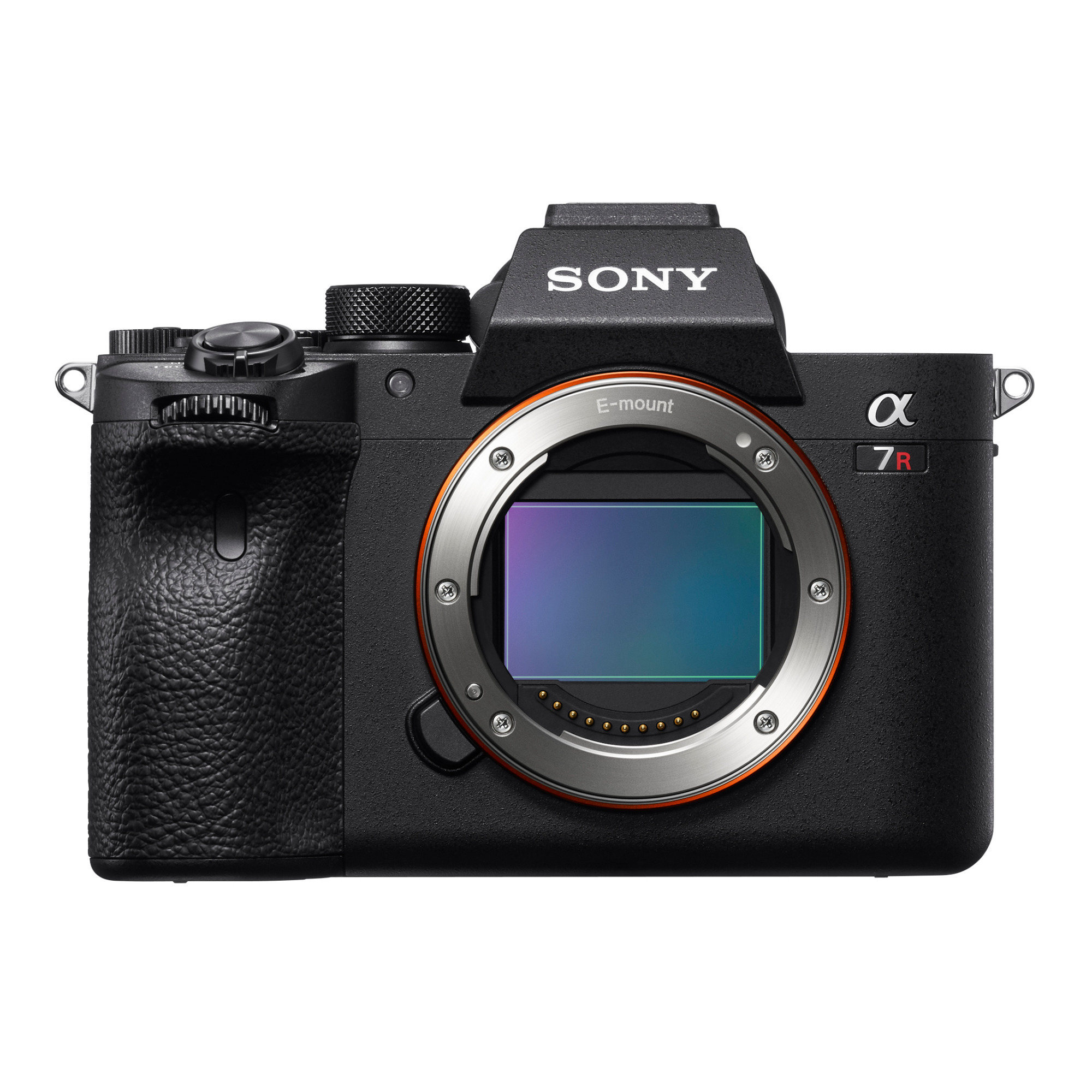
Best overall
With high resolution, mirrorless ergonomics and a brilliant lens range, the Sony A7R IVa is our pick for the best car photography camera overall.
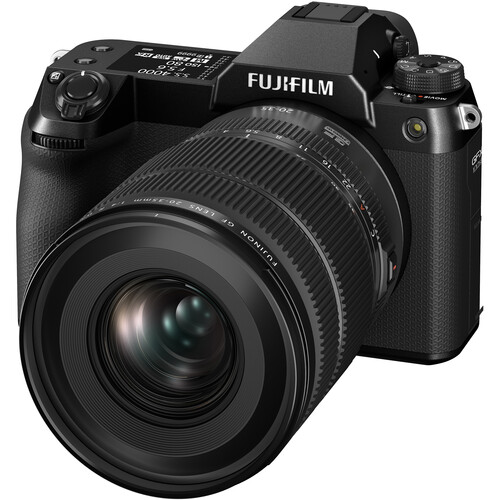
Best high-resolution
The medium-format mirrorless Fujifilm GFX 100S II is the best for those who need uncompromising levels of detail. It's also lighter than its big-sensor rivals.
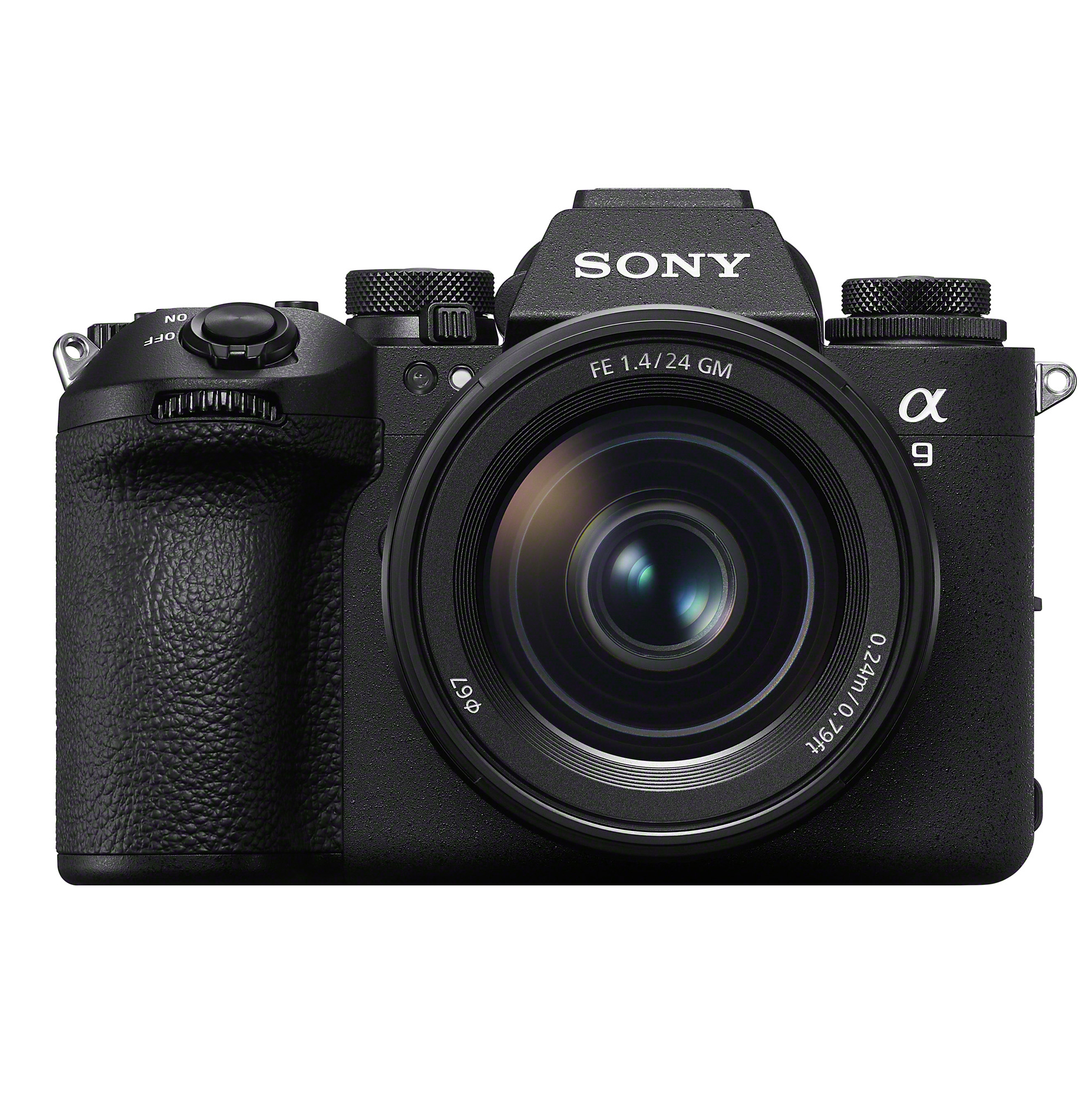
Best high-speed
The global shutter of the Sony A9 III ushers in a new era of sports photography – it's simply the best camera for shooting on the track.
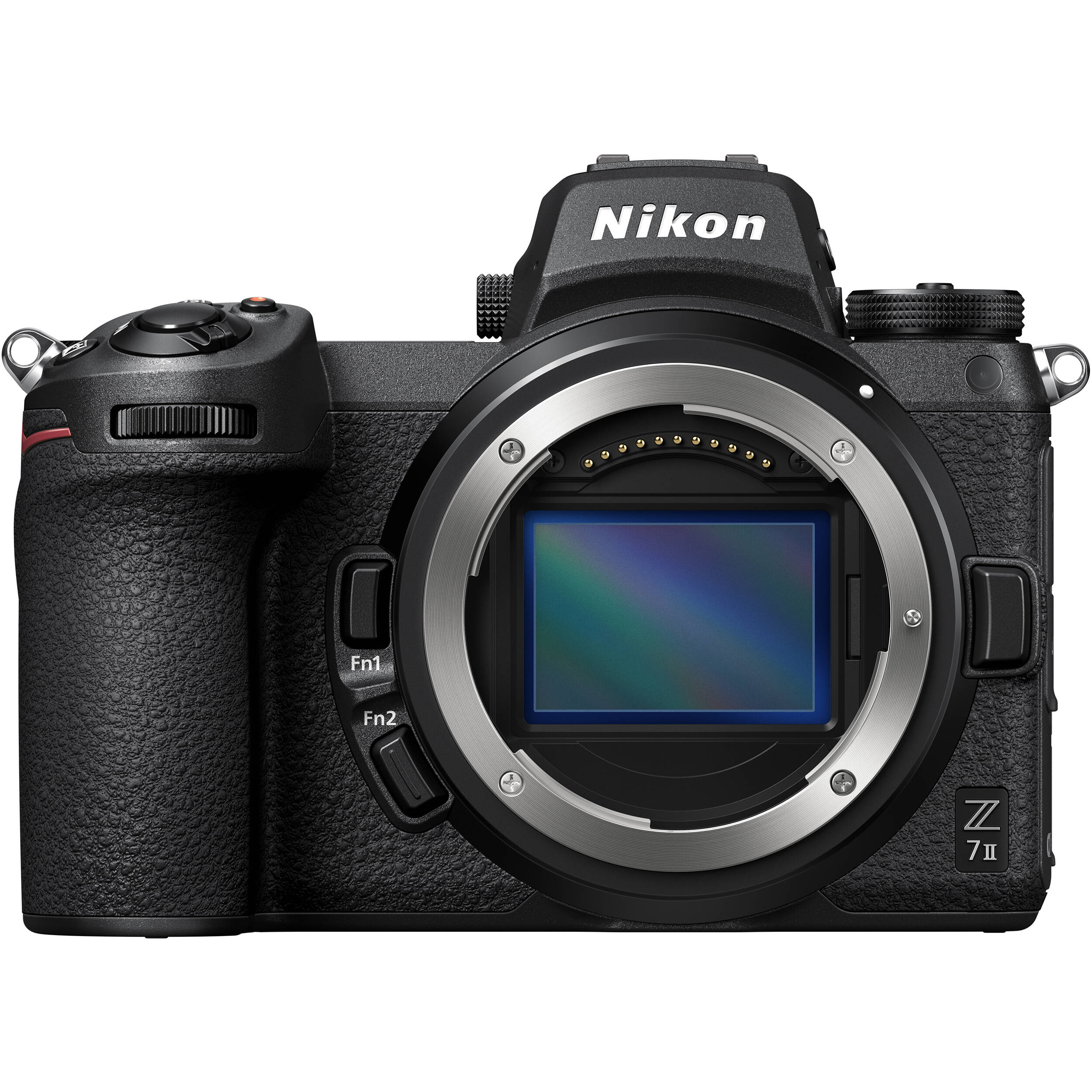
Best Nikon
If you want to use a Nikon model for car photography, we'd recommend the high-resolution Nikon Z7 II. It's not the fastest, but its image quality is sublime.
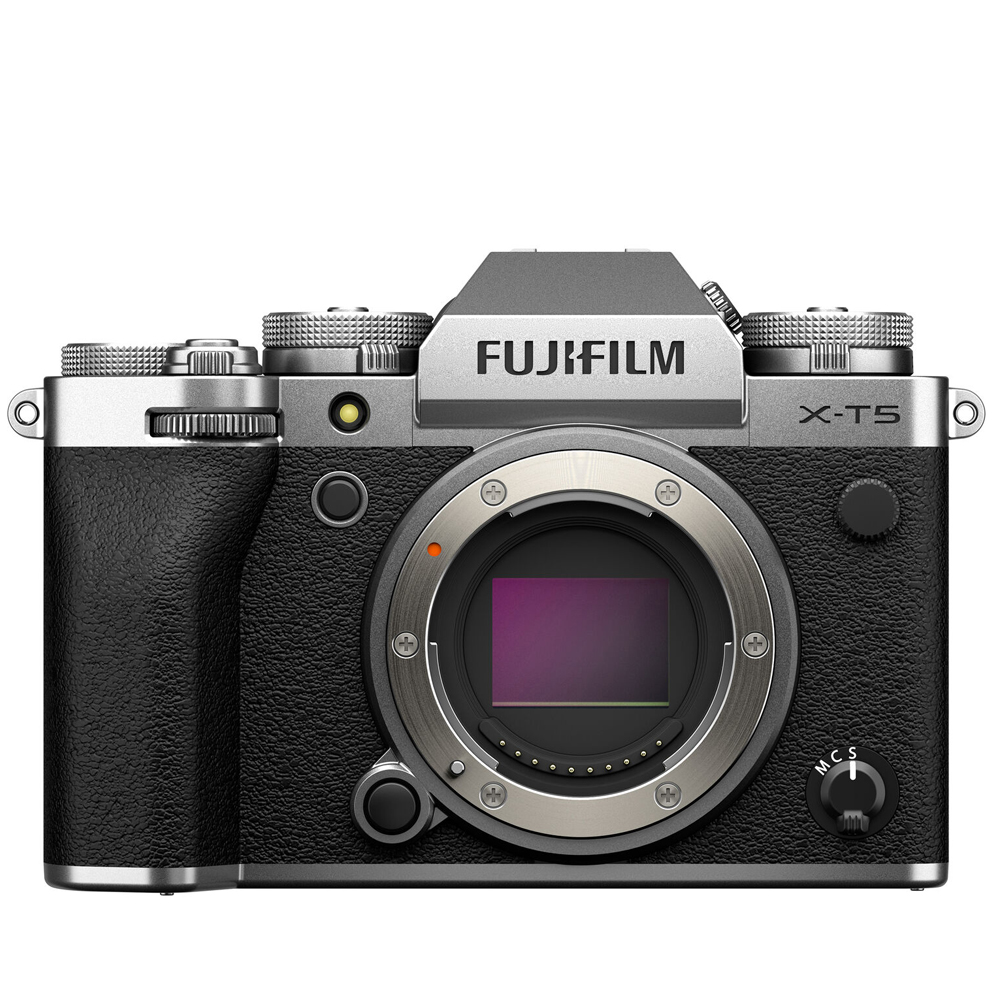
Best APS-C camera
Crop-sensor cameras provide a number of advantages such as getting you closer to the action with smaller lenses. The superb Fujifilm X-T5 also delivers pristine image quality.

Best for travel
If you're looking for something lightweight and portable, we can definitely recommend the Lumix G100D. It's highly capable for both video and stills photography.
Load the next 6 products ↴
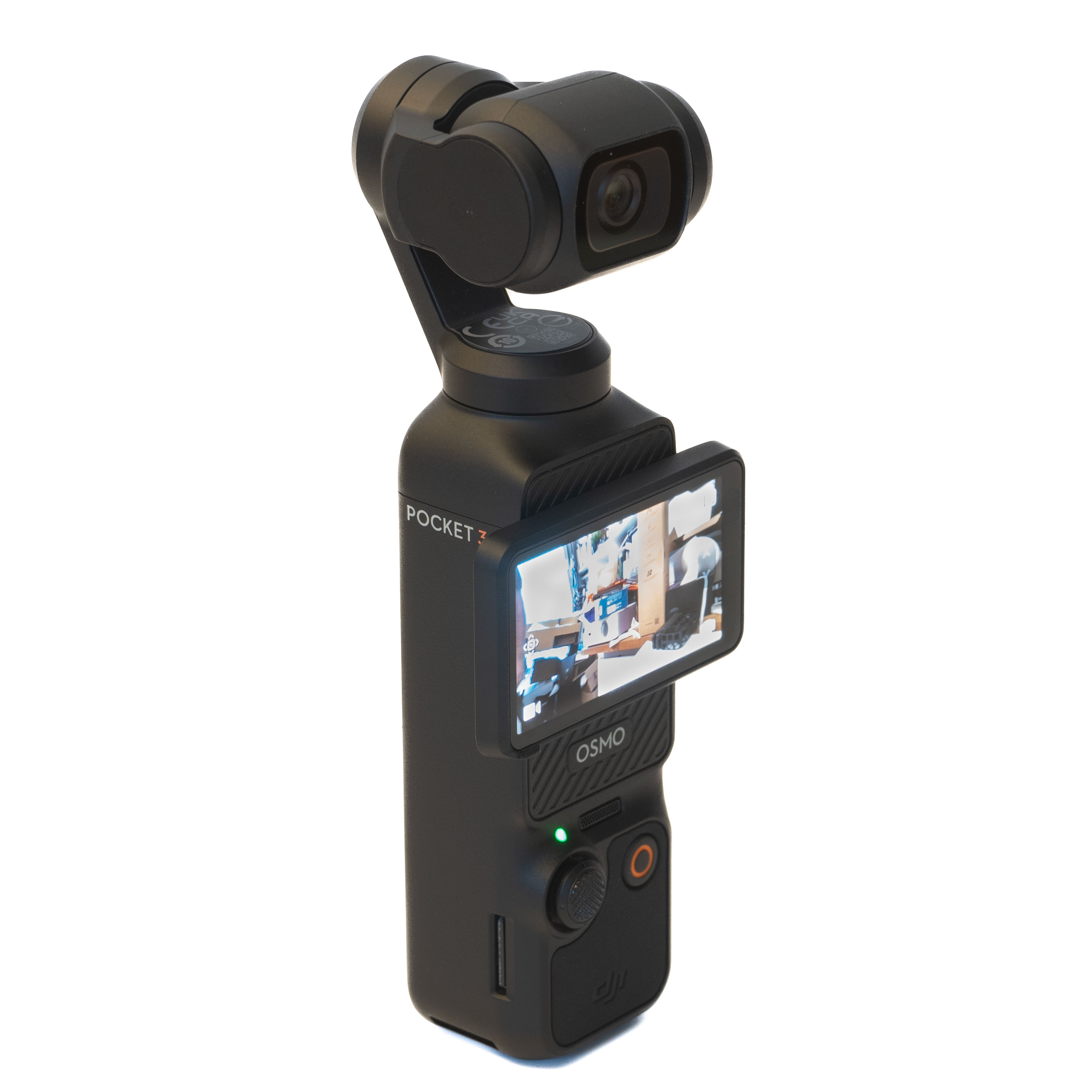
Best gimbal camera
DJI's stabilized Osmo Pocket 3 provides a platform for run-and-gun footage. It also has useful vertical video modes, making it useful for car-related TikTok content.
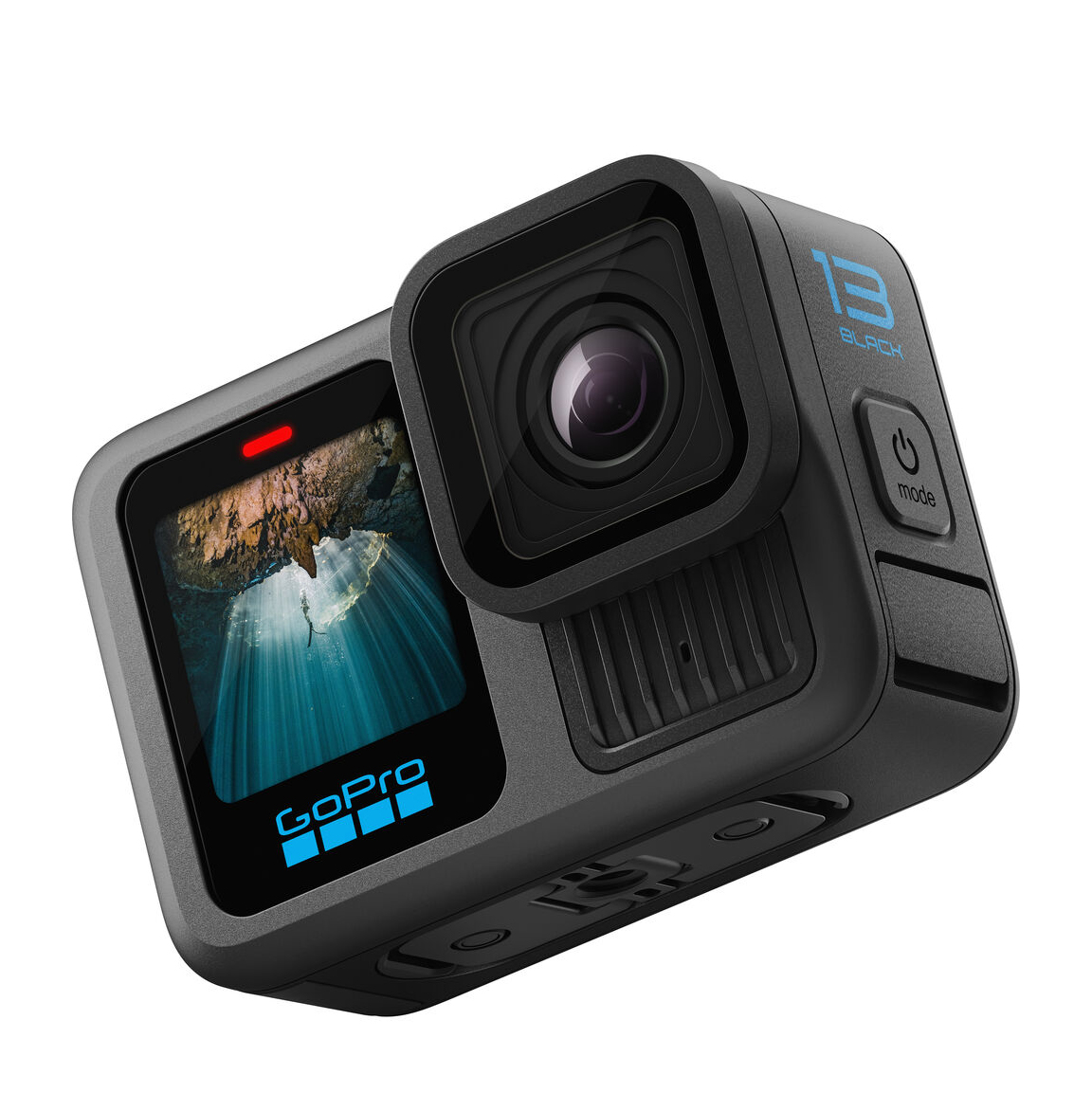
Best action camera
An action camera can easily be mounted to a car's bonnet or windscreen for POV footage – and a GoPro Hero is the best in the business.
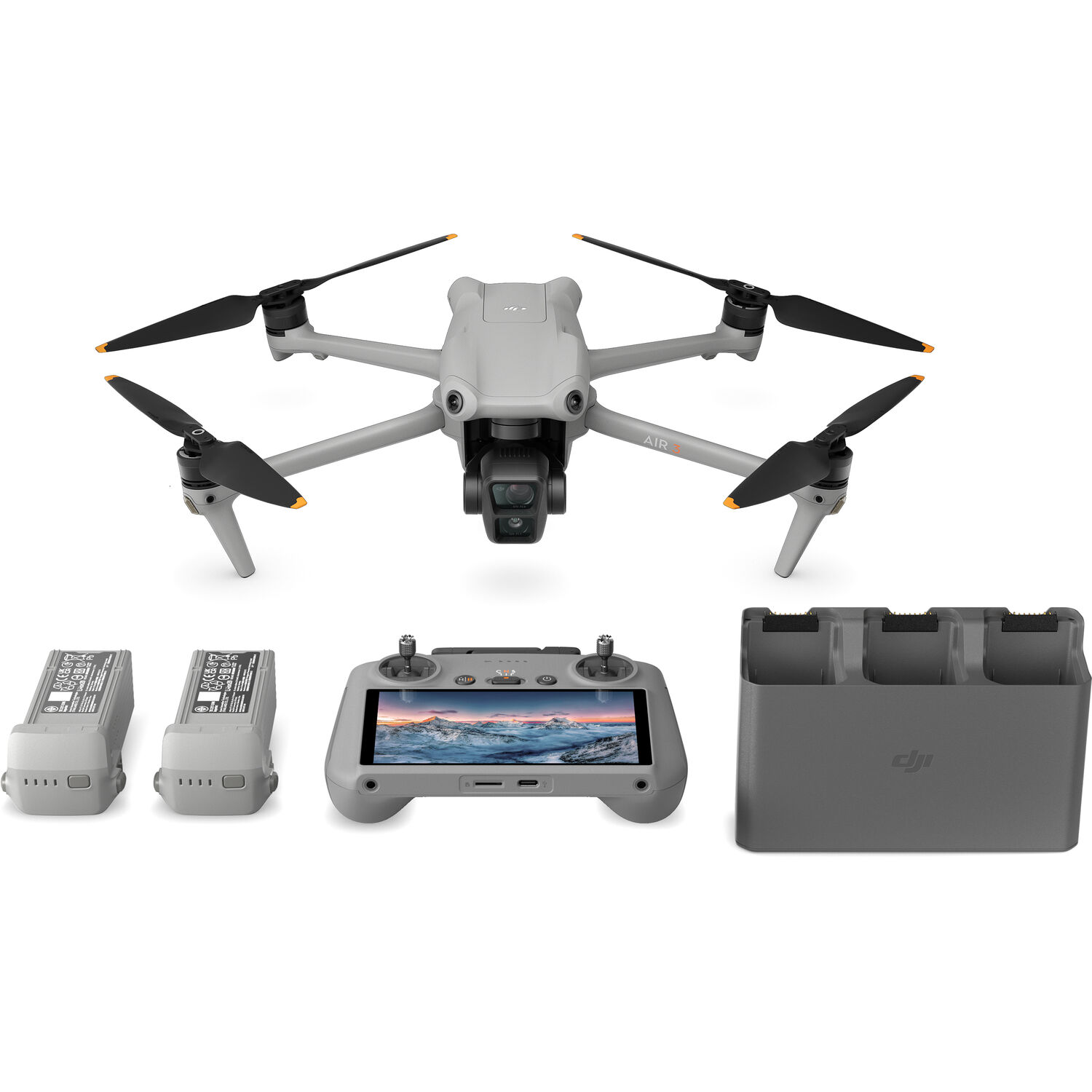
Best drone
For aerial car shots, the DJI Air 3 drone will deliver, thanks to dual 48MP cameras and sophisticated flight features. It's on the big side, but worth the investment.
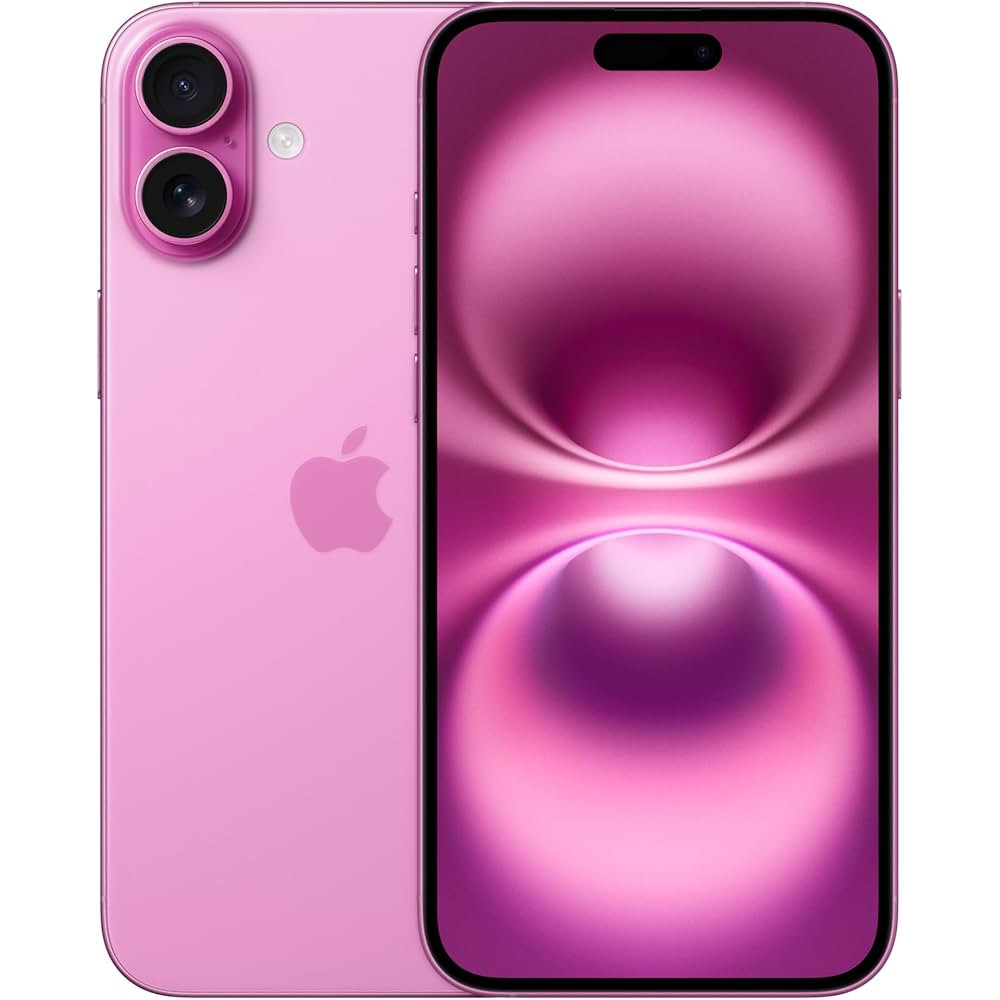
Best camera phone
You can capture great car images on a smartphone – and Apple's iPhone 16 Plus has a sublime camera setup that will make your automotive subjects look their best.
Best camera for car photography
Why you can trust Digital Camera World
Best car photography camera overall
Specifications
Reasons to buy
Reasons to avoid
If going down the medium-format road isn’t for you - and it won’t be for everybody - then the Sony A7R IVa is an excellent alternative (it's essentially the same camera as the popular A7R IV which we've reviewed, just with a higher-resolution 2.36m-dot screen). It gives you medium format type resolution from a full-frame sensor, and at a much more affordable price.
This is a camera which will make a good all-rounder if car photography isn’t your only avenue. You get that lovely high resolution, but you also get 10fps shooting, which although not blisteringly fast isn’t too bad either.
Image stabilization puts in a good performance, while it’s also well-suited to video shooting. The high-resolution sensor means that there are better options for low-light shooting, but again if you only shoot that relatively infrequently, it should be enough to meet your needs.
Read our full Sony A7R IV review for more details
Best high-resolution camera for car photography
Specifications
Reasons to buy
Reasons to avoid
If you’re looking for the ultimate in high-resolution, this is it. It’s a medium format camera, which means it is relatively big and heavy. However, Fujifilm's GFX series of mirrorless medium format cameras have changed the game by being much smaller and more nimble than traditional medium format cameras, as well as being relatively affordable by medium format standards. The GFX 100S II is one of the newer models in the series, packing a 102MP sensor that'll deliver outstandingly detailed car images.
With this camera you’ll get blisteringly sharp results, with superb fine detail. You also don’t have to compromise too much on other specs, with very good AF and excellent image stabilization – both of which have been improved from the first GFX 100S. That mega high resolution also gives you the advantage of being able to crop to alter your compositions, which always comes in useful.
Read our full Fujifilm GFX 100S II review for more details
Best for high-speed car photography
Specifications
Reasons to buy
Reasons to avoid
The Sony A9 III represents the next generation of sports photography tools – and as such, it's the best speedster camera on the market for shooting high-intensity motorsport.
The A9 III is the first full-frame camera with a global shutter, which reads all of the sensor data simultaneously rather than line by line. This eliminates rolling shutter effect and makes it possible to use ultra-high shutter speeds without distortion. Hence the Sony A9 III's ability to shoot at up to 120fps in full resolution – with AF/AE tracking – and its top shutter speed of just 1/80,000sec.
This camera also benefits from Sony's next-generation autofocus, including AI-powered subject recognition that has a dedicated mode for cars and vehicles. While in our testing the system was occasionally a little unreliable, the next firmware update should deliver improvements – and it likely only suffered occasional confusion because the camera was shooting at such absurd speeds to begin with. This is the best sports camera – and the best motorsports camera – on the market right now, and also represents the best of what's to come.
Read our Sony A9 III review for the full details
Best Nikon camera for car photography
Specifications
Reasons to buy
Reasons to avoid
This Nikon mirrorless camera is another good all-rounder that has some useful specs particularly well-suited to car photography. The most obvious is the high-resolution full-frame sensor that will show off your car’s details fantastically well, and also gives you scope to crop if necessary.
A relatively slow 10fps frame rate means it’s not hugely well-suited to action, but if you’re mainly photographing static cars and details, that probably won’t be too much of an issue for you. On the plus side the Image stabilization does a good job, while low0light performance is great for such a high resolution sensor.
If you’re keen on low-light and shooting action, you might also want to consider this camera’s sister model, the Z6 II, or that camera's pricier successor the Z6 III – both of which come with the trade off of a lower-resolution sensor.
Read our full Nikon Z7 II review for more details
Best APS-C camera for car photography
Specifications
Reasons to buy
Reasons to avoid
One of the most advanced and powerful APS-C cameras on the market right now, the Fujifilm X-T5 is a stunning all-rounder, offering pleasing depth of control and producing stunning images at its maximum resolution of 40MP. With Fujifilm's classically cool Film Simulation modes also on board, it's a sublime camera for producing chic, sleek car imagery.
Here you get a super-fast max 30fps shooting speed, alongside fantastic image stabilization. The cropped sensor (smaller than full-frame) can be used to your advantage to get closer to the subject, which can be handy for race track shooting, too.
The lens range for Fujifilm X is brilliant, and this camera has been noted for its excellent dynamic range, too. It's well-suited to video too, with the capacity to shoot 10-bit 4:2:2 video at 6.2K/30P. This means vloggers and video content creators wanting to capture car content should find a lot to like too.
Read our full Fujifilm X-T5 review for more details
Best travel-friendly camera for car photography
Specifications
Reasons to buy
Reasons to avoid
If you’re looking for a neat and travel-friendly camera, perhaps for visiting events such as car shows and the like, then the Panasonic Lumix G100D is a good option. It's a minor refresh of the original Lumix G100, changing essentially nothing, save for adding a USB-C port and improving the electronic viewfinder.
Although it has a relatively staid 10fps shooting, you can also use Panasonic’s innovating 4K Photo modes to extract stills from 30fps video, which gives you a lot more scope when photographing fast-moving action.
It’s also ideal for creating video, with lots of vlogging friendly specs, including an excellent in-built microphone. Having a (relatively) small sensor that is paired with similarly small MFT lenses makes this an excellent choice for when you need to travel light.
Read our full Panasonic Lumix G100D review for more details
Best gimbal camera for car photography
Specifications
Reasons to buy
Reasons to avoid
If capturing video content of your car hobby is your number one priority, something small, pocket-friendly and able to show off your vehicles in all their glory is just the ticket.
The DJI Osmo Pocket 3 is so-named for its pocketable form factor, but the real headline feature is its 3-axis stabilising gimbal. This allows for the capture of smooth, polished video footage even while moving with the camera handheld, and as such, it's an excellent tool for vloggers.
Equipped with a new rotating touchscreen, the DJI Osmo Pocket 3 is able to seamlessly switch to shooting vertical video when needed, making it great for producing TikTok-ready clips.
Read our full DJI Osmo Pocket 3 review for more details
Best action camera for car photography
Specifications
Reasons to buy
Reasons to avoid
An action camera can be a brilliant choice for car photography and videography. The naturally wide perspective is great for dramatic imagery, the waterproof body means you can keep shooting in poor weather, and the host of mounting options means you can mount your camera to the hood or roof for POV footage. It will likely not surprise you to learn that the best action camera on the market right now, and the best for car photography, is the latest from GoPro, the GoPro HERO13 Black.
This camera inherits the larger 8:7 sensor from previous iterations, producing near square-format images and videos that are easy to crop into different aspect ratios for different platforms like TikTok and YouTube. The battery has also been upgraded from the previous GoPro HERO12 Black, and GPS tagging for images has been reintroduced, making you wonder why it was ever scrapped in the first place.
However, the most significant new addition of the HERO13 Black is the new ecosystem of modular lenses that can be attached to change the shooting perspective – with several available already and more promised to come. This really does make the HERO13 Black more versatile than other action cameras; though be aware that adding on a couple of lenses will see the cost of the camera climb very quickly.
Read our full GoPro HERO13 Black review for more details
Best drone for car photography
Specifications
Reasons to buy
Reasons to avoid
Why not take your car photography to the next level - quite literally - by shooting it from above. You can capture some fantastic dynamic angles and show the beauty of a vehicle as it makes its way through some seriously impressive landscapes.
The DJI Air 3 boasts an impressive dual-camera setup, each with a resolution of 48MP. This allows you to crop into images losslessly, making it easy to create detailed images even if you can't get too close to the vehicle. If you want to follow a moving car from the air, then DJI’s FocusTrack systems do a superb job. The battery life is excellent, and one feature we particularly like is the ability to pre-program waypoints – ideal if you know where a car is going to be at a certain moment.
The only potential downside for this drone is that it will need to be registered due to its size and weight, but if you’re dedicated to capturing this kind of content, it’s unlikely to be a deal breaker.
Read our full DJI Air 3 review for more details
Best phone for car photography
Specifications
Reasons to buy
Reasons to avoid
For our money a better all-around buy than the expensive and overstuffed iPhone 16 Pro Max, the iPhone 16 Plus is a superb choice for car photography, and offers several new features that put it streets ahead (pun semi-intended) of previous iPhone models.
The new physical Camera Control button is a simple addition that immediately improves the ergonomics of the phone tenfold, making it so much more pleasant to hold and shoot with. In an instant you can summon up commonly used settings like Exposure, Depth and Zoom, as well as the stylish Photographic Styles that are great for giving your shots a distinctive look (not a million miles away from Fujifilm's popular Film Simulations).
Image quality is generally excellent from the rear cameras. We might have liked the ability to shoot in ProRAW in order to get really granular with editing, and there are other smartphones with longer telephoto zoom lenses. However, the iPhone 16 Plus still takes the top spot for car photography as it is much more pleasant and natural-feeling to use than pretty much all of its competition – and you'll get terrific images, too.
Read our full iPhone 16 Plus review and see our guide to the best iPhone for photography
How to choose the best camera for car photography
To help you choose the best camera for car photography, think about the following attributes:
Resolution
For showing off a car's fine detail, a high-resolution camera is an excellent choice. If you’re mainly going to be photographing static cars, you can afford to go super high on the resolution for the highest possible quality.
Fast frame rates
If you want to photograph a car doing what it does best - moving - then you’ll need to be on the lookout for a car with fast frame rates to capture those split-second moments. This will usually (but not always) come with the trade-off of a lower resolution.
Well-performing autofocus
This is another specification tied to photographing action sports. You’ll need to look for models which offer high-performing tracking focus that can keep up when you’re trying techniques such as panning.
Shutter speeds
For freezing fast action, the fastest shutter speeds will be required. Keep an eye out for models which offer fast shutter speeds. Cameras that use an electronic shutter often offer the fastest available.
Screen
When photographing from unusual angles to highlight the different angles of your car, a tilting or articulating screen can be incredibly useful. A touch-sensitive screen is also helpful, but almost all modern cameras include this feature.
Image stabilization
If you’re photographing a moving car handheld, having good image stabilization will help to keep your shots sharp and in focus.
Good video specs
Perhaps you want also to create videos of your car - in which case, look out for models which offer decent video specifications, including 4K video recording, a variety of frame rates, and the ability to create slow-motion movies.
ISO range
If you’re photographing your car in low light, such as at night, then you’ll want a camera which offers a good ISO range and a good ISO performance.
How we test cameras
When we test cameras, we think carefully about the different scenarios they will likely be used for. We assess all cameras that cross our desk along all the criteria listed in our 'How to choose' section above, meaning we have a good idea how each one will perform for car photography. We also look at how a camera performs in the context of its asking price, in order to assess whether it offers real value for money.
We put cameras through their paces in real-world shooting scenarios. As well as these practical tests, we also employ carefully controlled lab tests to measure resolution, dynamic range, and signal-to-noise ratio. We use ISO resolution charts to measure resolution, and DxO Analyzer test equipment for dynamic range and noise analysis. With these extensive testing procedures, we build up a clear, objective picture of how the camera performs.
The best camera deals, reviews, product advice, and unmissable photography news, direct to your inbox!
Amy Davies has been writing about photography since 2009, and used to be a colleague on Digital Camera magazine and Techradar.com. She now works as a freelance journalist writing for nclude Amateur Photographer, Stuff, Wired, T3, Digital Photographer, Digital Camera World, TechRadar, Trusted Reviews, ePhotozine and Photography Blog. She has an undergraduate degree in journalism and a postgraduate diploma in magazine journalism, both from Cardiff Journalism School.
